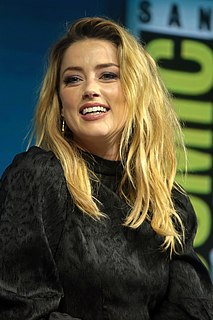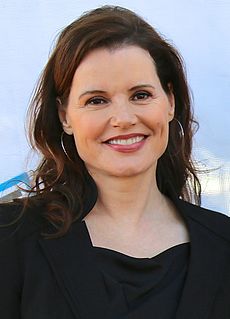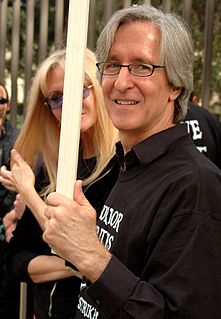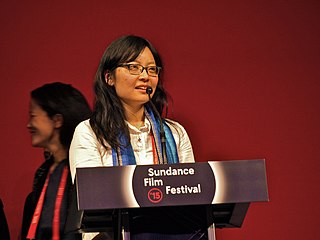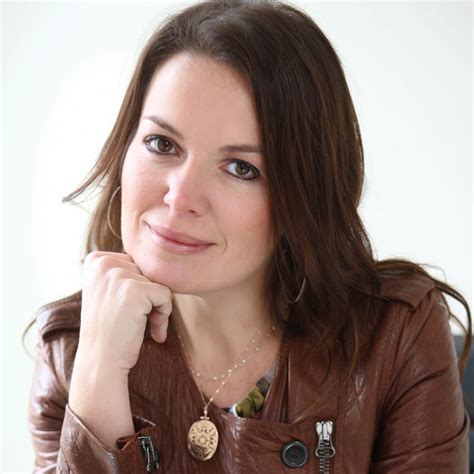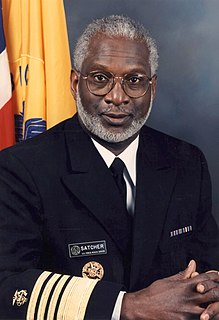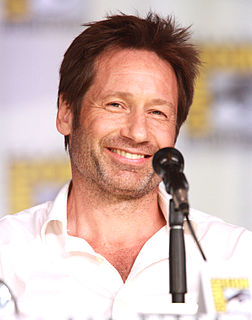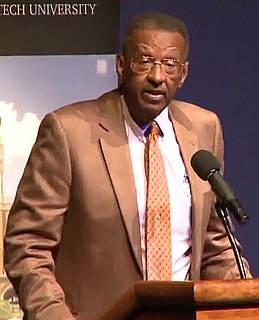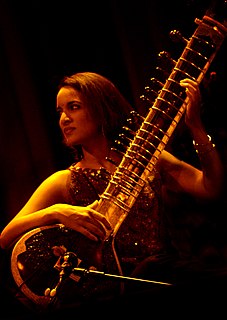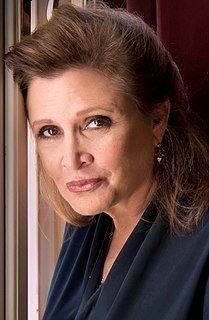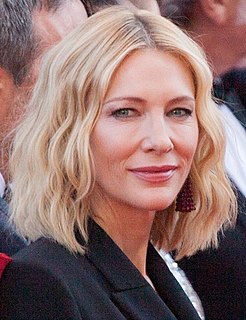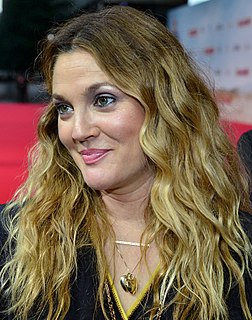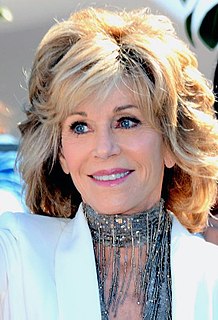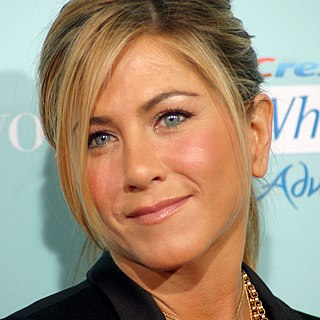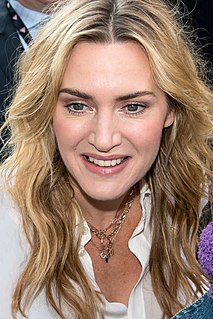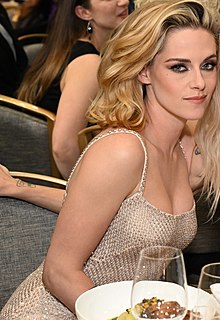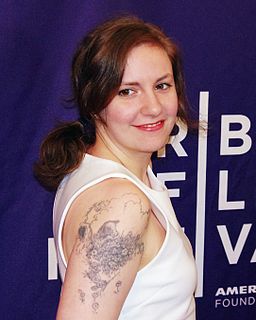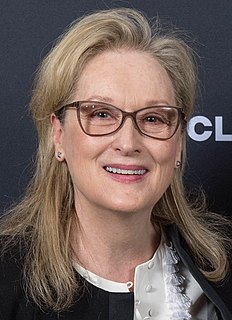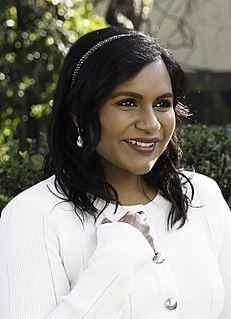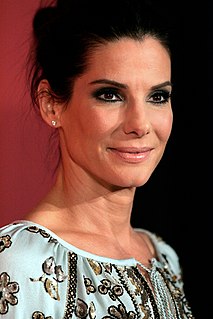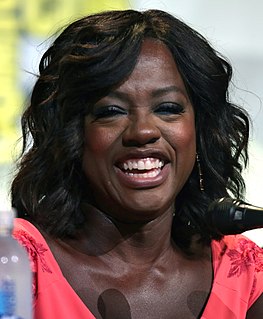A Quote by Amber Heard
When only one or two percent of filmmakers are female, you can't help but have some kind of bias.
Related Quotes
Behind the cameras, there's a different problem, which I think is not unconscious gender bias. It's probably categorized more as conscious gender bias. Because everybody's known the numbers for decades. Nobody's stunned to hear there are very few female directors, only 4 or 7 percent. Everybody knows, but it doesn't change anything. It doesn't make people say, "Wow! We should change that." Nothing happens. It's utterly stagnant.
There is a liberal bias. It's demonstrable. You look at some statistics. About 85 percent of the reporters who cover the White House vote Democratic, they have for a long time. There is a, particularly at the networks, at the lower levels, among the editors and the so-called infrastructure, there is a liberal bias.
Female directors really do need to support each other. Too many times I've been led to believe that my direct competition was other women, as if there can be only a handful of successful female filmmakers a year. That conversation, that perception, needs to change. Women are the people who have helped me make films I love, and I want to be that kind of strength to other women.
It is all of our jobs to make sure that women's rights are human rights, and that they do have a place at the table, and we all push toward equality. The leadership numbers for women in business really haven't changed since I began as CEO. There are only 21 female CEOs at Fortune 500 companies, there is only 17 to 19 percent of female representatives in Congress, there are only eight female governors.
